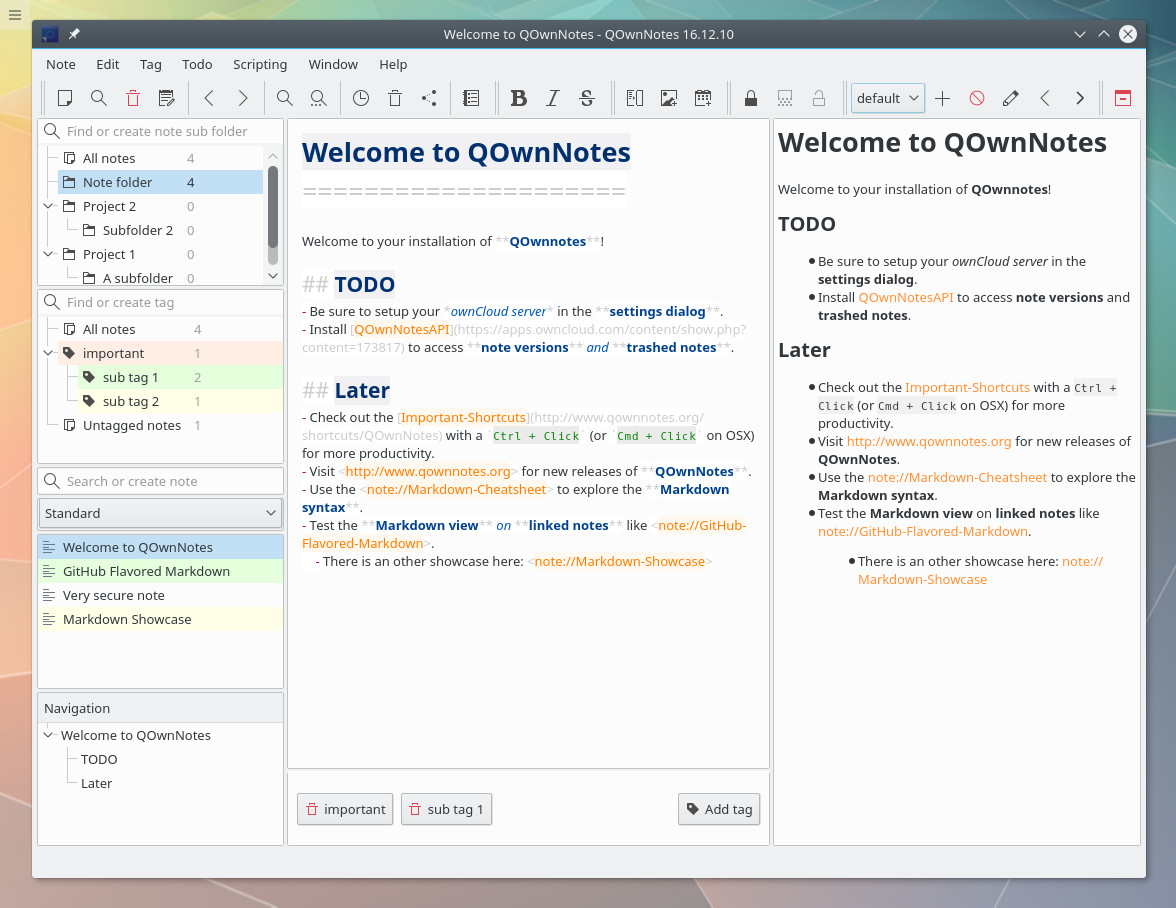
Well, here is a really easy to use database that doesn't require you to do any mental Olympics.) Also, it works a lot better than the Kjots program. Patrick are you supposed to work with that. Whoever came up with those was a genius in mental torture. One of the things I've learned to absolutely dislike are databases - especially the ones that come with office suites. (It's still much, much simpler to use than those databases that come with most office suites. SilentNotes actually feels most like Google Keeps sticky note user interface, offering the same types of notes. And it's cross-platform so you can save your stuff and switch between Windows and Linux. rtf format and save it's data in a folder location of your choice. There is a table of contents on the left while the right holds the actual info.

It is a database attached to a word processor. It’s worth noting that, when learning Markdown, it doesn’t always pay to stick to one app… as they do vary.Friar Tux's Experience This is the best database/list/notebook/PIM program so far. So my tip is to install Joplin (I use the appimage - works well and there’s no update delay) and Obsidian, then grab some ‘favourite Markdown editors’ starting by looking at Mark Text (replaces Typora which sadly isn’t FOSS), ghostwriter is also awesome as it’s easy to switch between Markdown styles (for the preview - cmark-gfm, or Multimarkdown, or plain cmark). Thus all your links become actual files which are organised in folders.īrowsing notes in your file manager reflects the experience in Obsidian, but in Obisidan you can get around by clicking the links. Once you click that link, it instantly creates a new file ‘link.md’. Obsidian is stunning due to it’s superb linking and zettelkasten. Your first note ‘Start’ is saved there as an. This works from folders - so you could just start up a new ‘vault’ which is basically a folder ~/Dropbox/Notes.

There are two which I would say are OUTSTANDING at the moment.


 0 kommentar(er)
0 kommentar(er)
